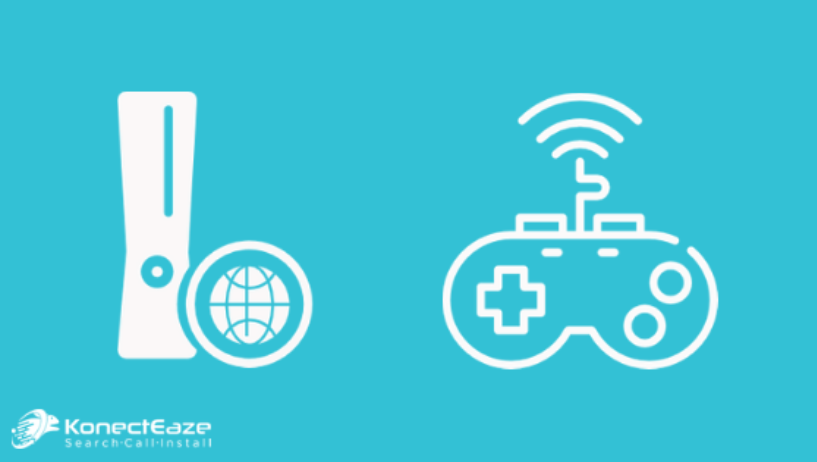In the Countryside: What are Your Internet Options?
Introduction
Living in the countryside offers numerous benefits like low crime rates, clean air, and more privacy. However, one major downside is the limited internet options available. This guide will help you explore your options for rural internet connectivity.
DSL Internet
DSL (Digital Subscriber Line) uses existing telephone lines to provide internet access. It’s widely available and often more affordable than other options, but its speed can vary significantly based on the distance from the provider’s facilities. Common providers include CenturyLink, Verizon, and AT&T.
Satellite Internet
Satellite internet uses a dish to receive signals from satellites. It provides consistent speeds regardless of location, making it ideal for remote areas. However, it’s typically more expensive and can be affected by weather conditions. Providers include Viasat, HughesNet, and Starlink.
Cellular Internet
Cellular internet uses 4G LTE and 5G networks to provide internet access. Providers like Verizon and T-Mobile offer plans specifically designed for home internet, which can be a viable option if you have good cellular coverage in your area.
Fixed Wireless Internet
Fixed wireless internet delivers internet using radio signals from a local antenna to a receiver on your property. This option requires a clear line of sight to the antenna, but it can offer good speeds and reliability. Providers like Rise Broadband offer these services in some rural areas.
Comparison of Internet Options
Cost: DSL is generally cheaper than satellite. Cellular and fixed wireless options vary based on location and provider.
Speed: Satellite can offer higher speeds but often has higher latency. Fixed wireless and cellular internet can provide good speeds with lower latency.
Availability: Satellite is available almost everywhere, while DSL and fixed wireless are more location-dependent.
Data Caps: Satellite often has stricter data caps compared to DSL and some cellular plans.
Choosing the Right Option
When choosing between DSL, satellite, cellular, and fixed wireless, consider your specific needs, such as speed requirements, budget, and data usage. If speed and reliability are your top priorities, satellite might be the better choice. For those on a budget, DSL could be more suitable. Fixed wireless and cellular options can offer a good balance of speed and cost if they are available in your area.





